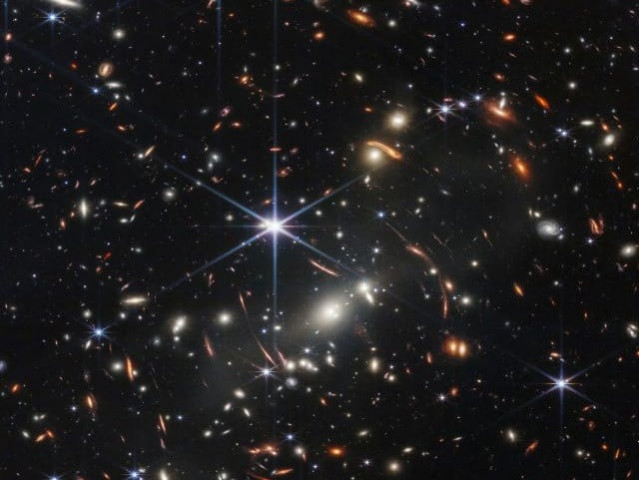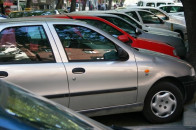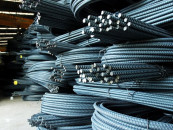James Webb Telescope snaps pictures of beautiful asteroid Belt
James Web Telescope captures first image of asteroid belt’s interior structure for astronomers study of space

James Web Telescope has taken the first-ever picture of an asteroid belt in our complex solar system.
Astronomers used the pictures taken to examine the dusty ring system around Fomalhaut, a star 25 light years away from Earth. The ring consisted of three nested belts that extend out for around 14.3 billion miles (23 million kilometers) — about 150 times the distance between Earth and the sun.
According to the science journal, Nature Astronomy, the rings are more complex than the asteroid belts around Neptune or Jupiter and Mars.
The belts are speculated as being debris from a collision between asteroids and comets, and thus, referred to as 'debris disks',
"I would describe Fomalhaut as the archetype of debris disks found elsewhere in our galaxy, because it has components similar to those we have in our own planetary system," András Gáspár of the University of Arizona, the lead author of a study announcing the new results, stated.
"By looking at the patterns in these rings, we can actually start to make a little sketch of what a planetary system ought to look like — if we could actually take a deep enough picture to see the suspected planets."
Fomalhaut's outermost belt was imaged previously by the Hubble Space Telescope, the Herschel Space Observatory and the ground-based Atacama Large Millimeter/submillimeter Array (ALMA). None of the instruments were able to get a look at the interior structure of the outer belt.
"Where the JWST really excels is that we're able to physically resolve the thermal glow from dust in those inner regions. So you can see inner belts that we could never see before," study team member Schuyler Wolff, also of the University of Arizona said.
More investigations into systems like Fomalhaut with JWST could reveal how planets move through these flat disks.


















COMMENTS
Comments are moderated and generally will be posted if they are on-topic and not abusive.
For more information, please see our Comments FAQ